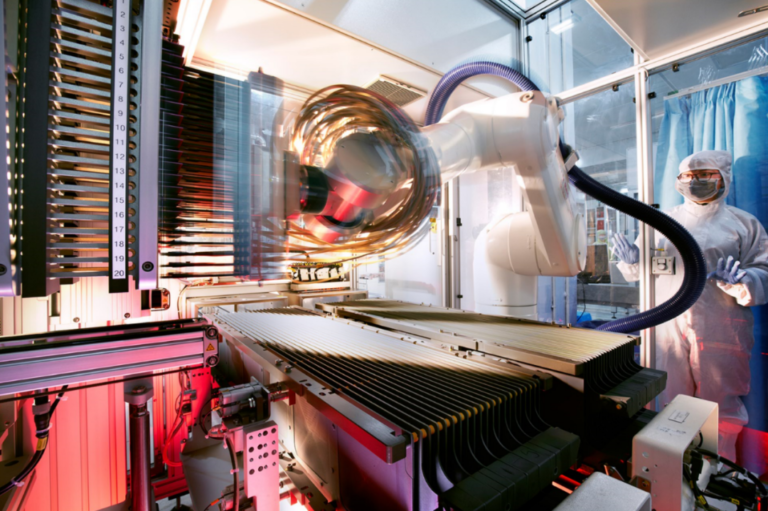Trina Solar has filed a lawsuit against the Canadian Zonne -Zon and his subsidiary, looking for CNY 10.58 billion ($ 1.47 billion) Damage to alleged infringement of tunnel oxide -passivated contact (Topcon) celloctries. The case, accepted by the Jiangsu High Court, underlines the rise of disputes about intellectual property in the competing sun sector of China.
The Chinese solar manufacturer Trina Solar has started legal steps against Canadian Solar Inc. and her subsidiary, Changshu Canadian Solar Energy Technology Co., Ltd., due to alleged infringement of two of the top concel technology patents of the Topcon.
The lawsuit, submitted to the Jiangsu High People’s Court, seeks CNY 10.58 billion compensation and marks a considerable escalation in the current fighting of intellectual property in the Chinese sun sector.
According to the announcement of Trina Solar on 10 February, the dispute concentrates on two patents: Patent No. ZL201710975923.2, entitled “Solar Cell Module” and Patent No. ZL201510892086.8, entitled “Solar Cell and the production method.”
“By comparative analysis, we have established that the Canadian Zonne -Zon and his subsidiary are involved in the production, offering for sale and the sale of photovoltaic modules that fall within the protection figure of the two patents,” Trina Solar said in a statement . “These unauthorized activities have seriously infringed the legal rights of Trina Solar and have led to considerable economic losses.”
The company demands that the Canadian Zonne -Zon stop all infringing activities, destroy all remaining inventory and specialized production equipment and compensate for financial losses – CNY 6.07 billion for one patent and CNY 4.51 billion for the other. Trina Solar is also looking for reimbursement for legal costs, estimated at CNY 4 million.
The Jiangsu High People’s Court has officially accepted the lawsuit and Trina Solar has received a justification that confirms the submission of the case. However, a test date still has to be planned.
The Canadian Solar has issued an announcement stating that it had received the civil summons and the process of disputes from the Jiangsu High People’s Court and had revised the claimant’s process requests.
“We believe that there is strong evidence to prove that these two patents should be invalid,” said it. “Our products and processes do not serve these two patents either. That is why Trina Solar’s process requests lack a factual and legal basis. “
In July the general director of Trina Solar for Latin America and the Caribbean, Álvaro García-Maltrás, told PV -Magazine The fact that the company actively investigated or other manufacturers violate its patents for topcon cell technology for Topcon.
At the time, García-Maltrás did not identify specific manufacturers and expressed the confidence that the company could achieve reasonable solutions by setting setting agreements instead of resorting to legal action.
“We don’t want to introduce a legal dispute,” he noticed. “But We would like to find those companies that determine that they have a void in They look for their internal management systems for a way to fill it, either with their own patents or by approaching the owners of the patents used to talk about license agreements. “
In February 2024, Trina Solar and the South Korean rival, Hanwha Qcells, reached a settlement on a patent dispute that Trina Solar initiated in January. The two companies have announced in a joint statement that they had reached a license and transfer agreement.
Since the beginning of 2024, competition in the Chinese solar industry has shifted from price fights to a fully-fledged patent war. A series of disputes about intellectual property about Topcon and Back Contact (BC) Technologies broke out, involving major players in the industry such as Trina Solar, Canadian Solar, Longi, Jinkosolar, Ja Solar and Astronergy, among others. This case marks the latest development in this current conflict.
This content is protected by copyright and may not be reused. If you want to work with us and reuse part of our content, please contact: editors@pv-magazine.com.


